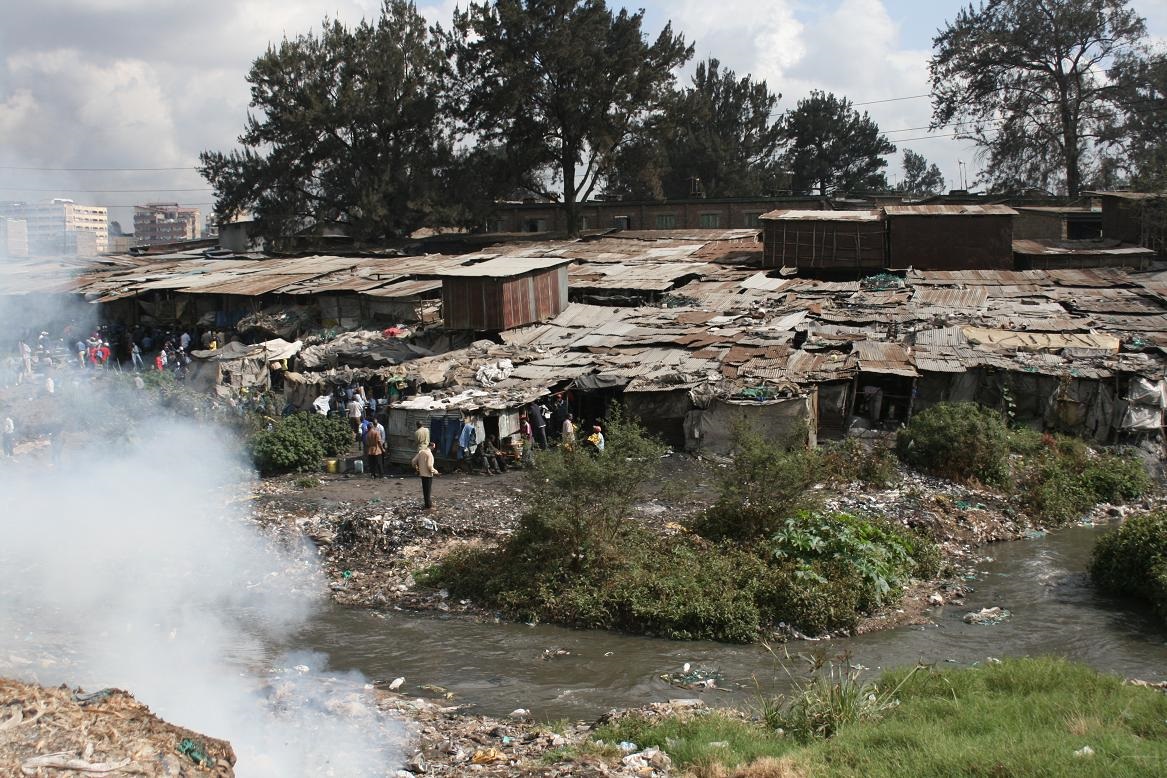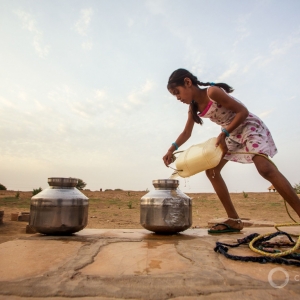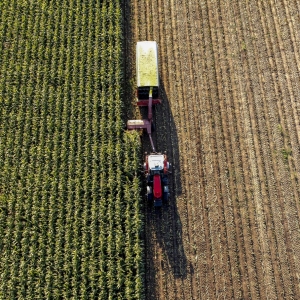The Stream, February 8, 2023: Climate Change, Neglected Infrastructure Worsen Water Insecurity in Kenya

An informal settlement built alongside the polluted Nairobi River. Photo courtesy of Kristina Rosinsky, 2008/Undugu Society of Kenya
YOUR GLOBAL RUNDOWN
- Due to the strains of population growth and inaccessible sanitation systems, the Nairobi River and surrounding farmland are becoming more polluted.
- The U.K. government’s new environmental improvement plan will seek to ensure each home is within a 15-minute walk to green space or water.
- Access to clean water and sanitation, already scarce in Syria, declines further following a massive earthquake.
- Induced in part by a decade-long megadrought, historic wildfires sweep through Chile’s forests.
Hinman Glacier, in Washington state, has completely melted.
“This is the biggest North Cascade glacier to completely disappear. I’ve seen a bunch of small glaciers disappear, and to see one of the larger glaciers disappear is more striking.” — Mauri Pelto, glaciologist at Nichols College.
After an estimated 14,000 years in the Cascade Mountains of Washington state, the Hinman Glacier — which once covered upwards of 320 acres — has completely melted due to global warming. KUOW reports that the glacier was one of four to flow into the Skykomish River, providing the basin, and its fish and fishermen, with cool water in hot, dry summers.
— Christian Thorsberg, Interim Stream Editor
Recent WaterNews from Circle of Blue
- Road Salt, A Stealthy Pollutant, Is Damaging Michigan Waters — Rivers and lakes are becoming saltier while law and practice limit effective responses.
- Federal Water Tap, February 6 — EPA Vetoes Pebble Mine in Alaska
The Lead
Worsening pollution in the Nairobi River, which flows through Kenya’s capital, one of Africa’s fastest growing cities, is endangering the health of local residents and their economies, the Associated Press reports.
The river and its tributaries flow along Nairobi’s industrial outskirts and through densely populated settlements and “slums.” According to the AP, citizens say that a lack of affordable sanitation systems forces them to dump their waste into the river. Businesses do the same with their raw sewage.
Not only are animals dying along this waterway. Without alternatives, residents use the river’s “black” water for cleaning, bathing, and swimming. Farmers use water from the river basin to irrigate kale, spinach, amaranth, and other crops.
The AP also reports that Kenya’s new national government, which took power following an election last August, has promised to form a commission dedicated to cleaning the river, though no action has yet been taken.
Water insecurity abounds in Kenya, not just in the capital. In the southeast, climate change-induced drought is causing the deaths of thousands of wild and domesticated animals per year, InsideClimate News reports. The effects are not only ecological. The loss of these creatures is hurting the business of wildlife sanctuaries, tour guides in Amboseli National Park, and herders.
Water stress throughout Kenya has prompted government action. Capital FM reports on the creation of a new national security team, the Water Police Unit, which will serve under the Ministry of Water to protect water infrastructure and resources. Ministry officials reckon that up to $85 million USD is lost each year on “non-revenue water,” which is a consequence of vandalism, illegal water connections, and corruption.
In context: Toxic Water, Toxic Crops: India’s Public Health Time Bomb
This Week’s Top Water Stories, Told In Numbers
400
Miles of river the U.K. government has promised to restore as part of its new environmental improvement plan, which pledges that every household will be within a 15-minute walk to “green space or water,” the Guardian reports. Also included in the plan: 160 wastewater treatment facilities will be upgraded within the next five years; 25 nature reserves will be created or expanded; and 7,400 acres along waterways will be protected and restored.
667,000
Acres of land burned so far in south-central Chile amid historic wildfires exacerbated by long-standing drought. Reuters reports that Chile’s dry weather, which has now lasted for over a decade, has “already made 2023 the second worst year in terms of hectares burned after the so-called ‘fire storm’ that hit the country in 2017.”
On the Radar
This week’s devastating earthquake in Turkey, near the Syrian border, exacerbates the region’s existing water and public health crises, Vox reports. From using contaminated water, 2.1 million Syrians in the country’s northwest live in districts that are at risk for developing a cholera outbreak. A lack of infrastructure has forced many people to use Euphrates River water, a polluted source. And before the earthquake, close to half of the people in Syria relied on unsafe drinking water. Forbes reports that UNICEF’s initial disaster response teams in Syria are focusing on water, sanitation, and hygiene and “are assessing impact on main water stations and water storage facilities.”
More Water News
Fast Fashion — Sierra Magazine reports on water pollution from Bangladesh’s fast-fashion garment factories.
Flooding Solutions — Urban planners, architects, and environmentalists in the Netherlands are embracing the Waal River’s natural flooding to promote biodiversity and sustainable infrastructure, Reasons to be Cheerful reports.
Christian Thorsberg is an environmental writer from Chicago. He is passionate about climate and cultural phenomena that often appear slow or invisible, and he examines these themes in his journalism, poetry, and fiction.







Leave a Reply
Want to join the discussion?Feel free to contribute!